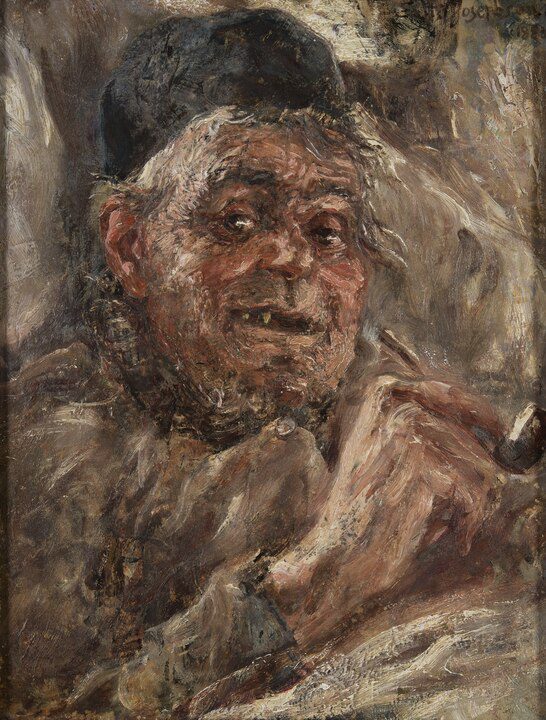
Ernst Josephson, a Swedish painter and poet, was born on April 16, 1851, in Stockholm, Sweden. His artistic career spanned the late 19th and early 20th centuries, during which he played a significant role in the development of Swedish art and literature.
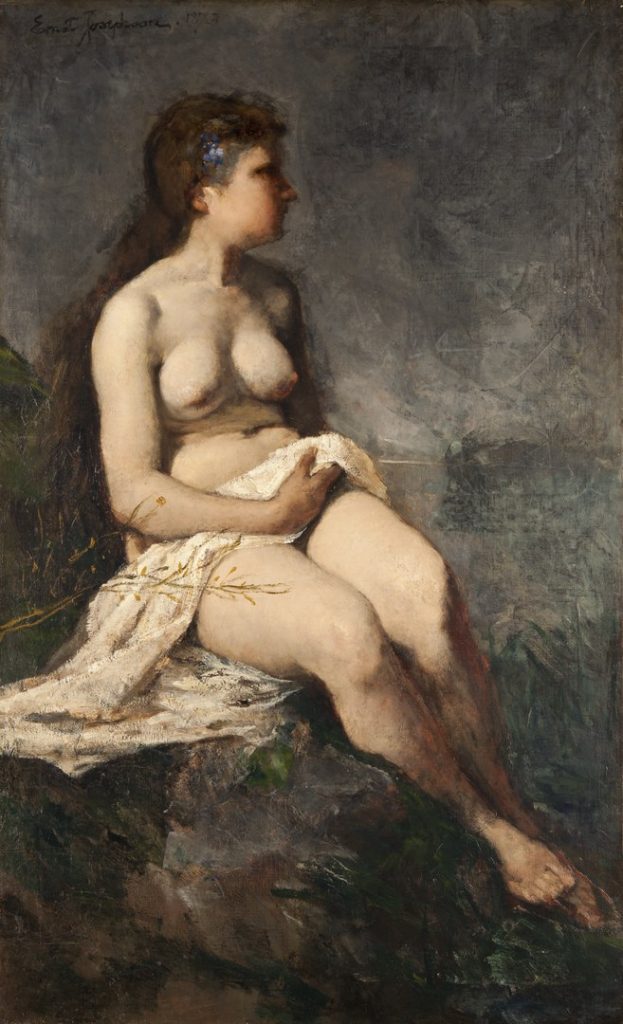
Josephson’s early artistic education began at the Royal Swedish Academy of Fine Arts in Stockholm, where he studied under the tutelage of renowned Swedish artists such as Johan Fredrik Höckert and Edvard Perséus. Inspired by the Romantic and Symbolist movements, Josephson’s early works were characterized by their emotive intensity and vivid imagination.
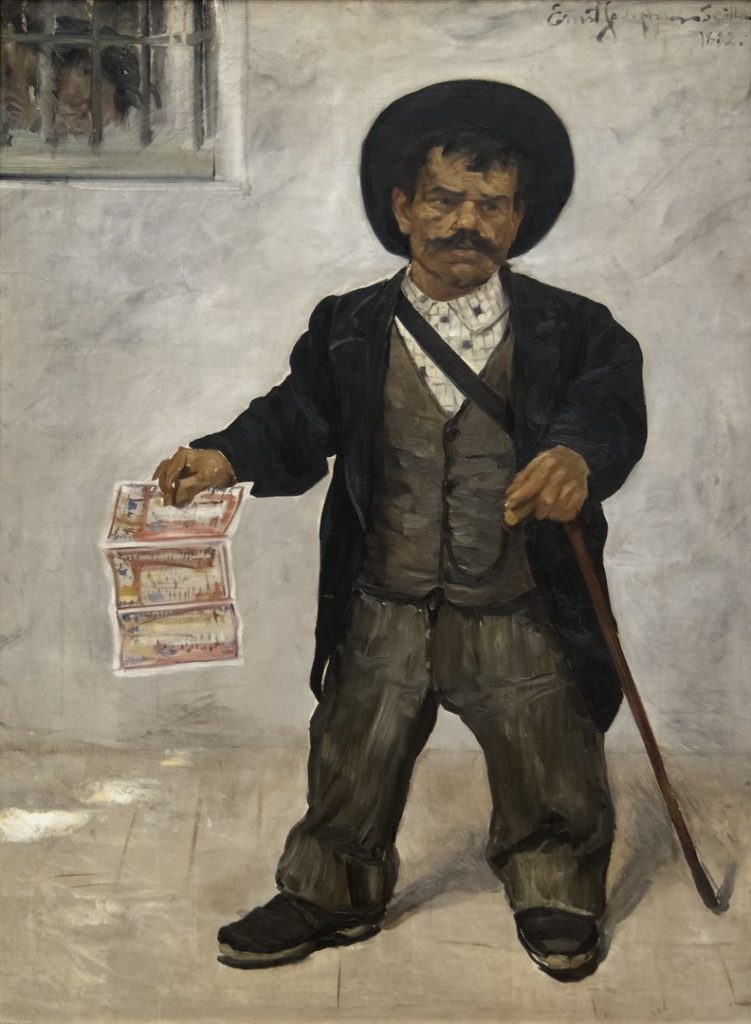
One of Josephson’s most enduring themes was his exploration of the human psyche and the mysteries of the human condition. His paintings, such as “The Water Sprite” and “The Knight’s Meal,” depicted fantastical and allegorical scenes that reflected his fascination with mythology, folklore, and the supernatural.
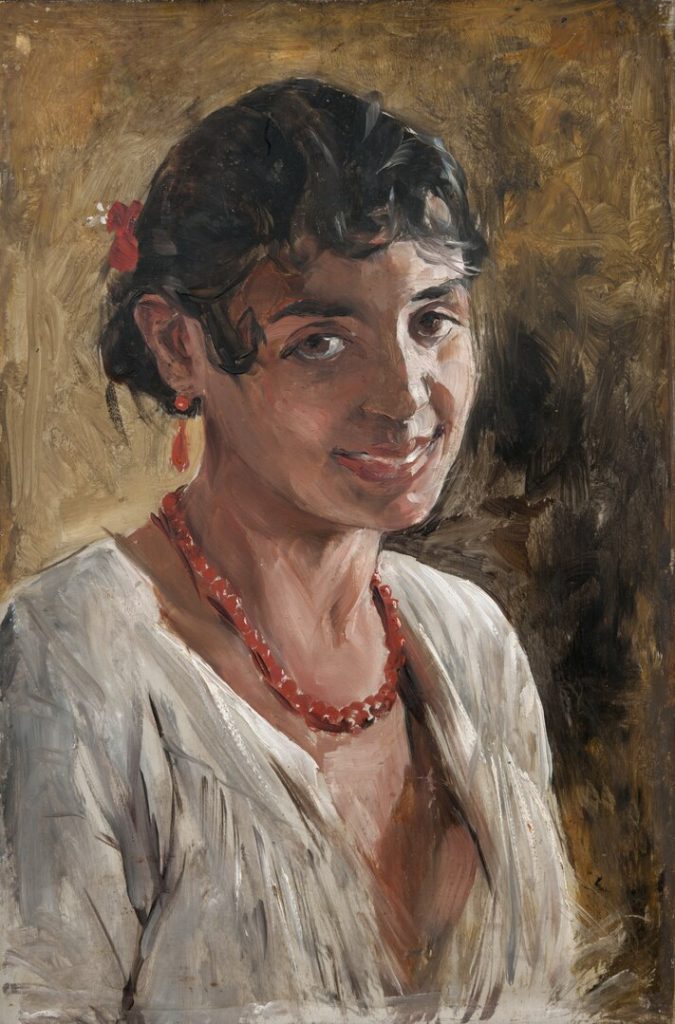
In addition to his contributions to painting, Josephson was also a prolific poet and writer. His poetry, marked by its lyrical beauty and philosophical depth, explored themes of love, mortality, and the search for spiritual enlightenment. Josephson’s writings earned him recognition as one of Sweden’s most important literary figures of his time.
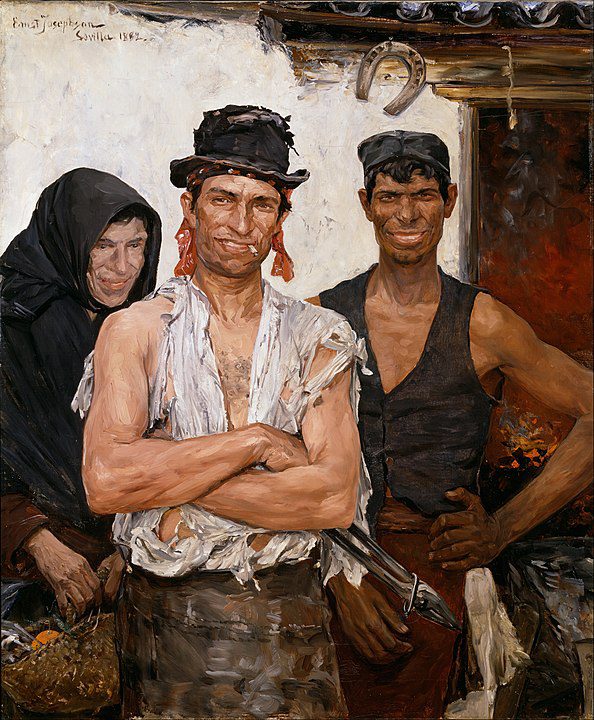
Despite facing personal and professional challenges throughout his life, including struggles with mental illness and financial difficulties, Josephson remained dedicated to his art. His unwavering commitment to artistic expression and his unique vision earned him widespread acclaim as one of Sweden’s most innovative and influential artists.
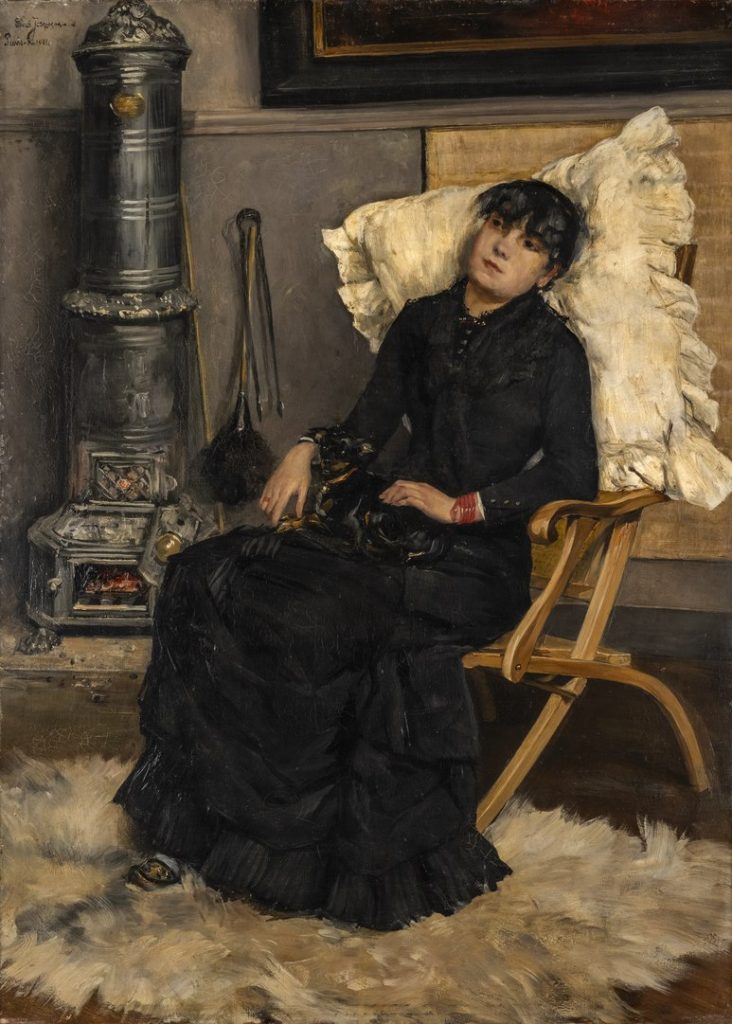
Josephson’s legacy continues to resonate in modern-day Sweden, where his paintings and poetry are celebrated for their emotional resonance and timeless appeal. His works are featured in museums and galleries across Sweden and are treasured as a testament to the enduring power of creativity and imagination.
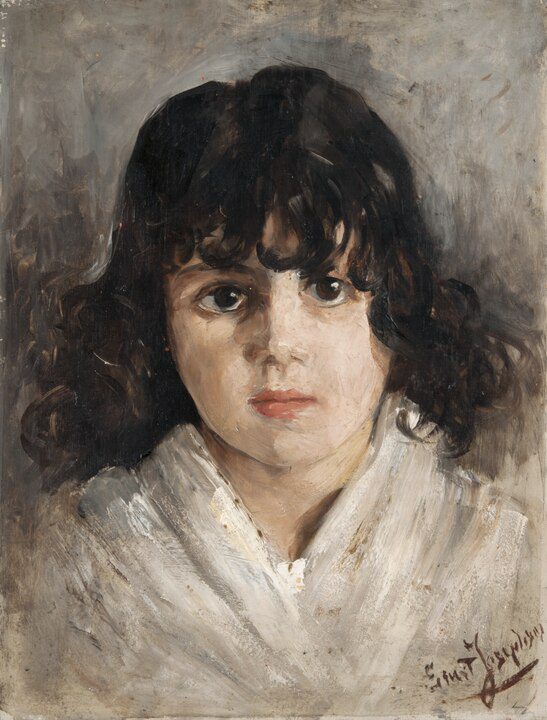
In conclusion, Ernst Josephson’s contributions to Swedish art and literature are a testament to his visionary spirit and his profound insight into the human condition. His paintings and poetry continue to inspire and captivate audiences, ensuring his place as one of Sweden’s most revered cultural figures.




